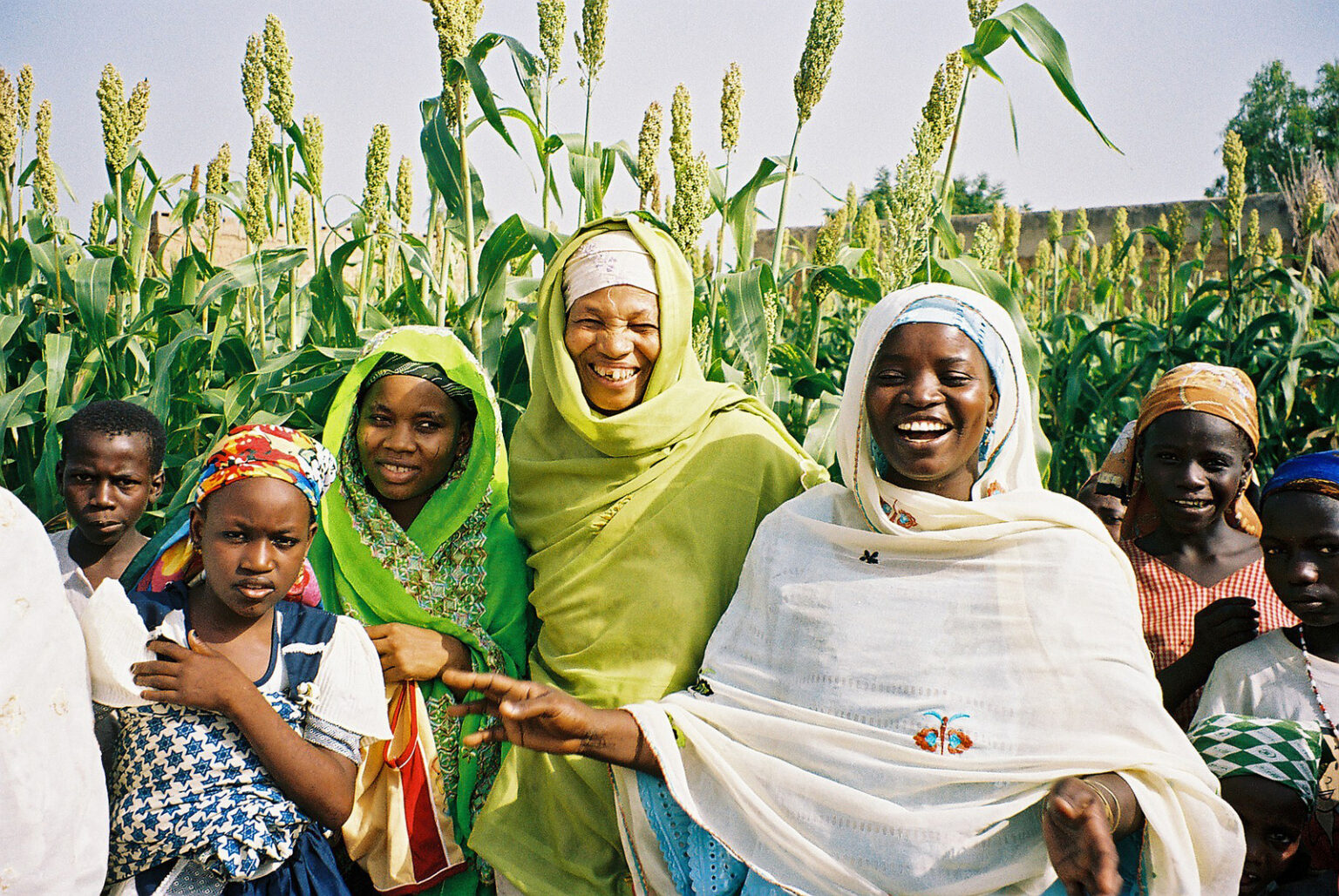
World Environment 2022
Making the case for investments in voluntary family planning to achieve climate action and sustainable development goals
June 15, 2022
By: Felix Otiato
This post was originally published on the AFIDEP website. To view the original post, click here.
World Environment Day 2022 comes at a time the world continues to wade through challenging times. Countries are still reeling from the devastating effects of the COVID-19 pandemic and monkeypox already has people on the edge, with over 100 cases reported in close to 20 countries. The #OnlyOneEarth theme reminds us of the need for collective action around climate change, biodiversity, pollution and living in harmony with nature.
Most of the environmental concerns the world is grappling with today involve shared resources such as air, water, land and the complex ecosystem within which they coexist. Over time, population pressures and uncontrolled access to such resources have led to overuse, misuse and degradation. In the absence of collective policies and commitments to limit the tendency for misuse of earth’s resources, unchecked population growth can exacerbate such problems and derail climate change efforts.
Almost three decades after the Programme of Action of the International Conference on Population and Development in 1994, the links between population and environment continue to remain complex. The Programme of Action recognized that population growth was one of several causes of unsustainability and that slower population growth could improve the capacity of countries to combat poverty while protecting the environment.
Meanwhile, the United Nations is projecting that the global population will grow from an estimated 7.7 billion people (2019) to 9.7 billion by 2050. Most of this growth will take place in the Low-and Middle-Income Countries (LMICs), specifically in Asia and sub-Saharan Africa (SSA), with the latter accounting for more than one billion extra people, of which youth will make up 850 million.
The growth is due to the increase in life expectancy owing to advances in medicine, public health, hygiene and nutrition. The other factor being attributed to this growth is high fertility levels being experienced particularly in the low- and middle-income countries (LMICs), with the population of Sub-Saharan Africa, expected to double by 2050.
According to the Centre for Biological Diversity, one of the largest threats to the environment and biodiversity of the planet in the years to come will be global climate disruptions due to the build-up of human-generated greenhouse gases in the atmosphere. While stakeholders around the world are beginning to address the problem by through responsible consumption and better technology, unsustainable human population growth threatens to overwhelm those efforts.
Efforts should therefore be assessed and rated against the “collective action” clarion call that the world is emphasizing as key to achieving the 2030 agenda for sustainable development. As we commemorate world environment day 2022, the world should reflect and provide a holistic appraisal of whether the journey towards sustainable development goals is as inclusive as it can be, bringing on board all concerned stakeholders and sectors.
On this day, we must reinforce the message that governments, international organizations, and non‐governmental organizations should increase their efforts to enhance greater recognition of the interconnectedness of population, environment and development issues. This should be done at the policy‐making and planning levels and within the education systems and reinforced through actionable commitments and allocation of adequate resources at all levels.
The key underpinning of the BUILD project is the population, environment and development (PED) approach. The BUILD project seeks to amplify the PED approach to a new degree of transformative action across disciplinary, geographical, socio-cultural and sectoral divides to achieve strong political commitment, sustained financial resources and accountability for voluntary family planning/reproductive health.
The PED approach recognizes the interlinkages between economic development, environmental degradation, loss of biodiversity, high levels of unmet need for family planning and rapid population growth, especially in LMICs. The project is already having high-level engagements with governments in Malawi and Cote d’Ivoire to create plans of action for PED integration for development planning. These activities will be crucial to building new and strengthening existing cross-sectoral partnerships among a wide range of actors from the public sector, private sector and communities to advance voluntary family planning and integrated PED approaches critical to increased commitment and action.
In conclusion, rapid population growth makes it more difficult for developing countries to commit sufficient resources to improve the health and education of their populations. This diminishes their capacity to respond and adapt to emerging environmental threats, including those caused by climate change. The continuing high levels of fertility that drive such growth are often linked to a lack of choice and empowerment among women and girls.
To halt the loss of biodiversity and reduce greenhouse effects, the global priorities for population and development should be closely aligned to those of environment and climate change. Investing in voluntary family planning has been proven to be a best buy, owing to its positive effect on improving human development, environmental conservation, and economic growth in the short, medium, and long term.
Please sign up to receive the latest updates from the BUILD project.


 Photo Credit: Mohamed Abdullah Adan, PACT
Photo Credit: Mohamed Abdullah Adan, PACT